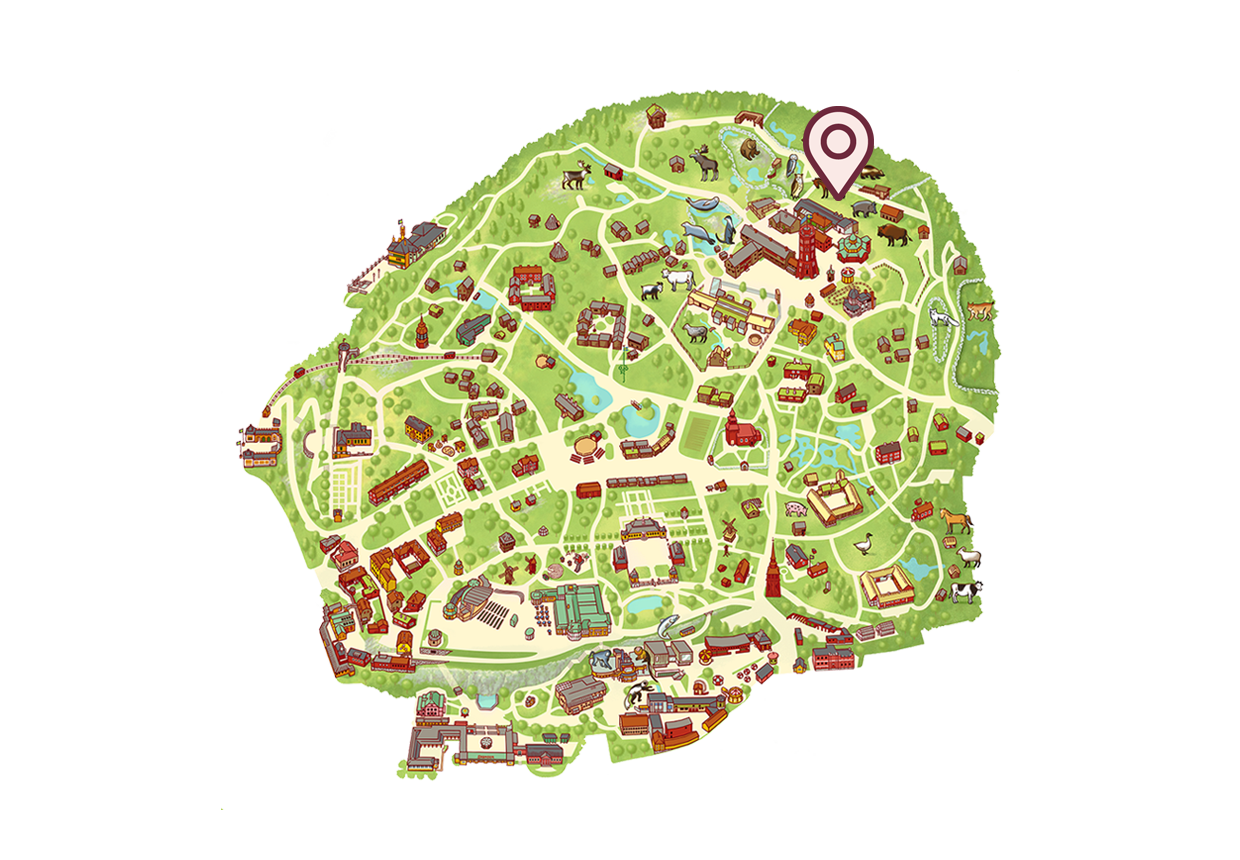The North Swedish horse is a good all-rounder that is suitable for all kinds of driving and also as a riding horse. They can move around terrain easily. They are also strong, and can carry heavier riders.
Moves smoothly
The North Swedish horse is suitable for forest driving and certain types of agricultural work. It is good at finding accessible paths, and moves smoothly. It is a popular horse, thanks to its energetic, hardy, reliable and calm nature. In the middle of the 20th century, the North Swedish horse was divided into two different breeds: a working horse and a cold-blooded trotter. Horses are still valued for their characteristics that allow them to go where machines cannot, and the fact that they damage the land less than a machine does.
An endangered native breed
During industrialisation in the 19th century, heavier horses were required to pull ever larger machines. As machinery replaced the horse’s role in agriculture and forestry, the North Swedish horse became increasingly rare. It is now included in the Swedish Board of Agriculture’s list of endangered Swedish native breeds.
